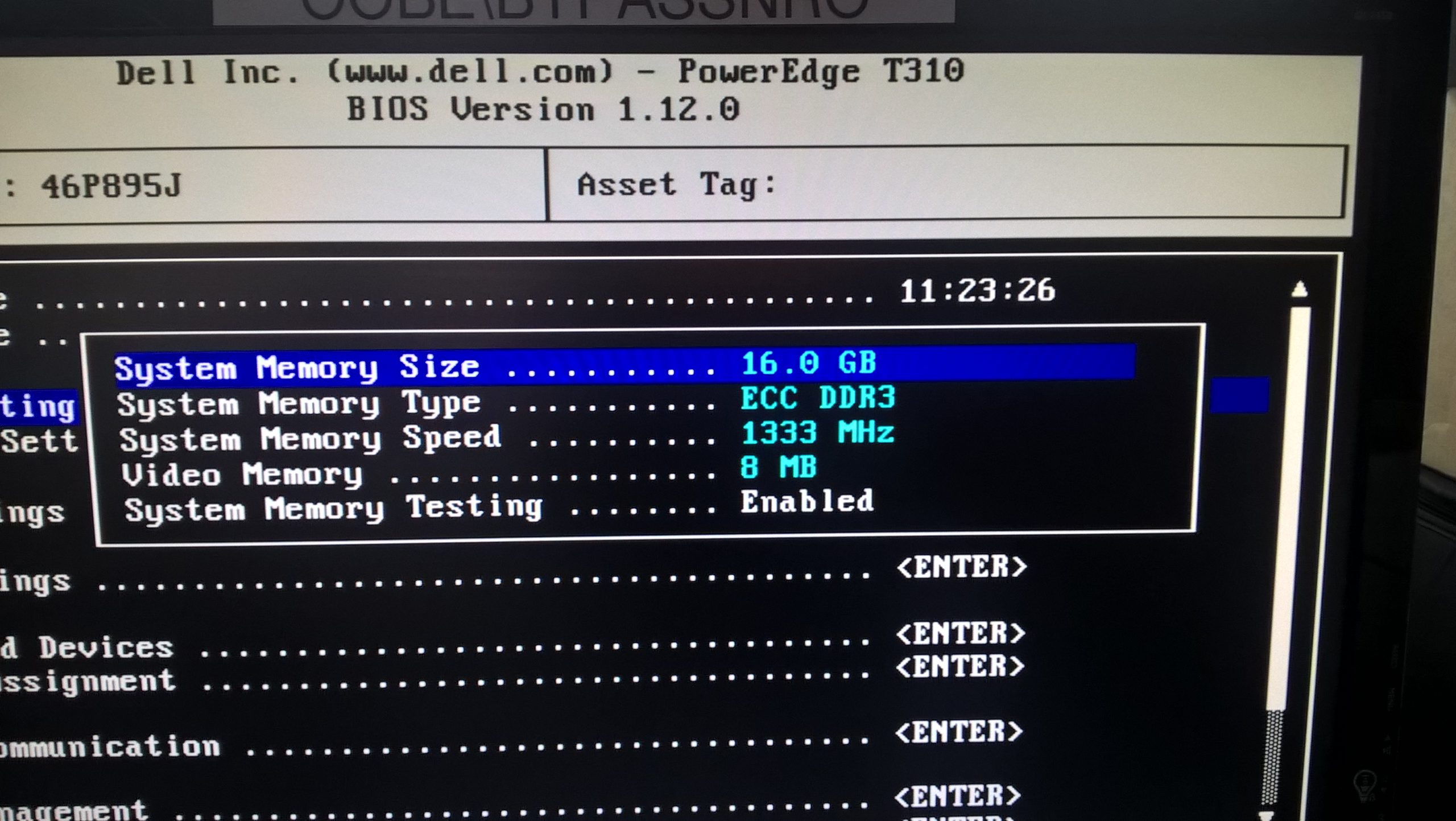Title: Revolutionizing Cybersecurity: Insights from Google’s SecOps Practices
In a recent examination of Google’s Security Operations (SecOps) insights, I found their innovative strategies to be truly inspiring. Their approach highlights a significant shift in how security is managed within an organization, emphasizing automation and integration over traditional methods.
Here are some of the key takeaways that caught my attention:
-
Efficient Fleet Management: Google’s detection team oversees an extensive fleet of Linux systems, achieving rapid response times with dwell times measured in hours. This starkly contrasts with the industry standard, where threats can linger for weeks.
-
Integrated Roles for Enhanced Agility: In an impressive move towards efficiency, detection engineers are responsible for both the creation and evaluation of alerts. This elimination of team silos fosters a more cohesive and responsive security environment.
-
Leveraging AI for Productivity: Google has embraced artificial intelligence to streamline operations, notably cutting down the time spent on executive summary creation by an impressive 53%. Remarkably, this has not compromised the quality of their communications.
What stands out most to me is Google’s redefinition of cybersecurity from a reactive necessity to an engineering-driven discipline. By prioritizing automation and technical skills over conventional security roles, they are fundamentally reshaping the landscape of cybersecurity.
This raises an important question: Will traditional security roles continue to evolve into more engineering-focused positions in the future?
If you’re as captivated by these developments as I am, I invite you to explore more insights like these in my weekly newsletter tailored for cybersecurity leaders. Sign up here to stay informed.
Share this content:




Thank you for sharing this insightful article on Google’s SecOps practices. The emphasis on automation and integrated roles indeed reflects a significant shift towards more efficient and proactive cybersecurity strategies. For organizations looking to implement similar approaches, consider the following technical tips:
Adopting these strategies can help shift your security operations towards a more engineering-driven and automation-centric approach. If you need assistance with integrating AI or automation tools into your existing security infrastructure, feel free to reach out!